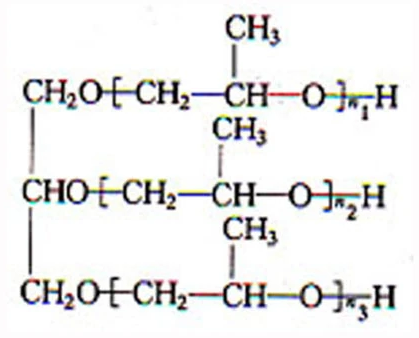
Polyol is the abbreviation of multitubular -OH. There are two main types of polyols used in the polyurethane industry, namely polyether polyols and polyester polyols.
Polyether polyol has a wide range of raw materials, low price and good hydrolysis resistance. Therefore, since the 1950s, with the development of petrochemical industry, it has gradually replaced polyester polyols and dominated the polyurethane foam industry. At present, more than 90% of polyols used in polyurethane production are polyether polyols.
Castor oil is the only natural raw material that can be directly used for polyurethane production. Due to the limitations of the foam produced by it, castor oil is basically not used as a raw material in foam production at present, and it is mainly used for coatings and adhesives. agent.
In the past three decades, there has been a great development of organic dispersion filled polyols, the most important of which are polymer polyols and polyurea dispersion polyols. The polymer polyol was successfully developed by the United Carbon Corporation in the early 1970s. It is obtained by the direct polymerization of vinyl monomers with free radicals in polyethers. It is composed of a certain amount of graft copolymers. A stable suspension dispersion of solid particles polymerized from vinyl monomers in polyether polyol; polyurea polyol (PHD) is another organically filled polyether polyol developed by Bayer in the mid-1970s. . It is a stable suspension dispersion containing polyurea solid particles partially combined with hydroxyl groups in polyether polyols. These two organic dispersion-filled polyols play a significant role in improving the performance properties of many polyurethane products, especially in the production of high-resilience foams.
